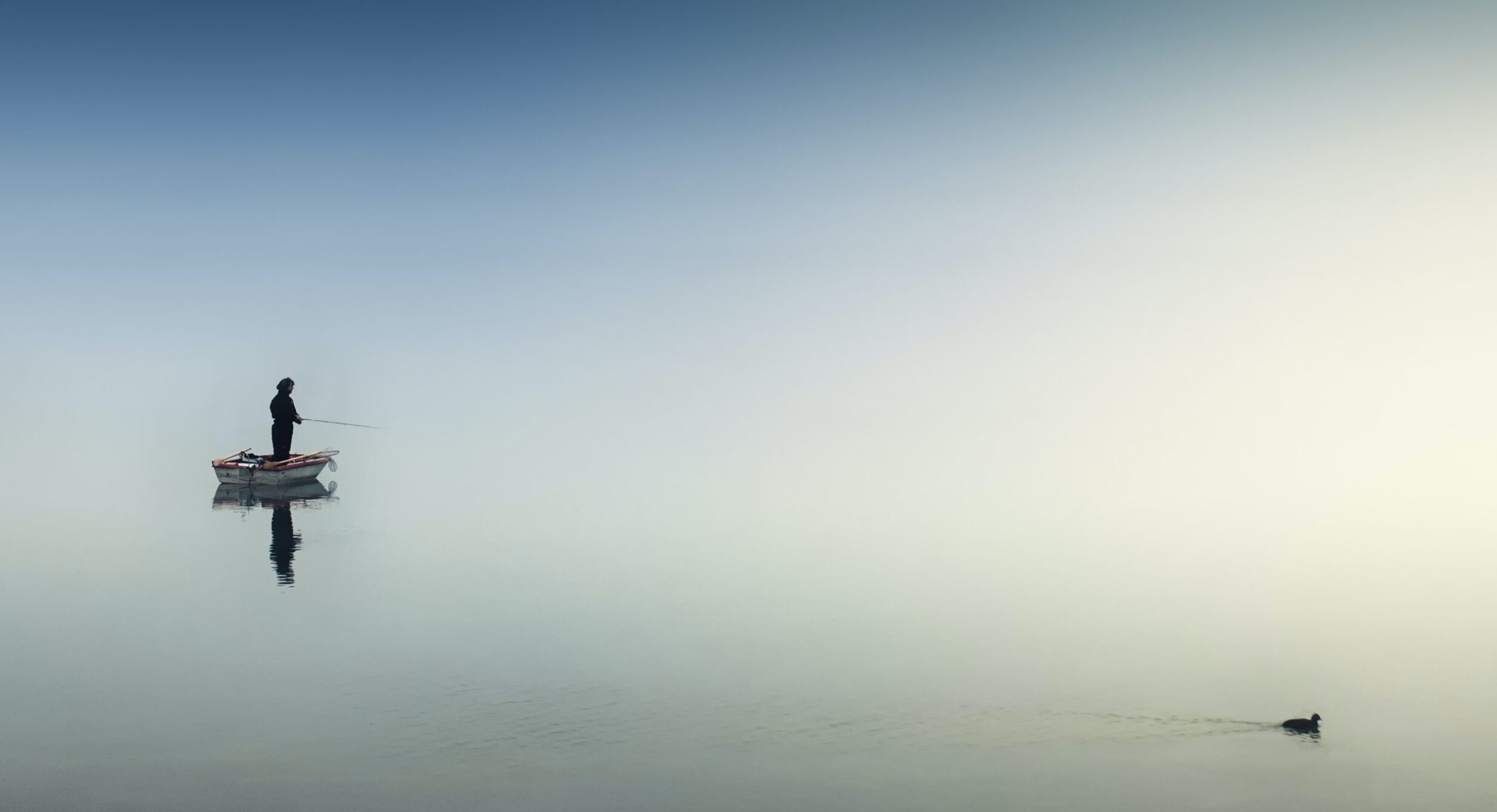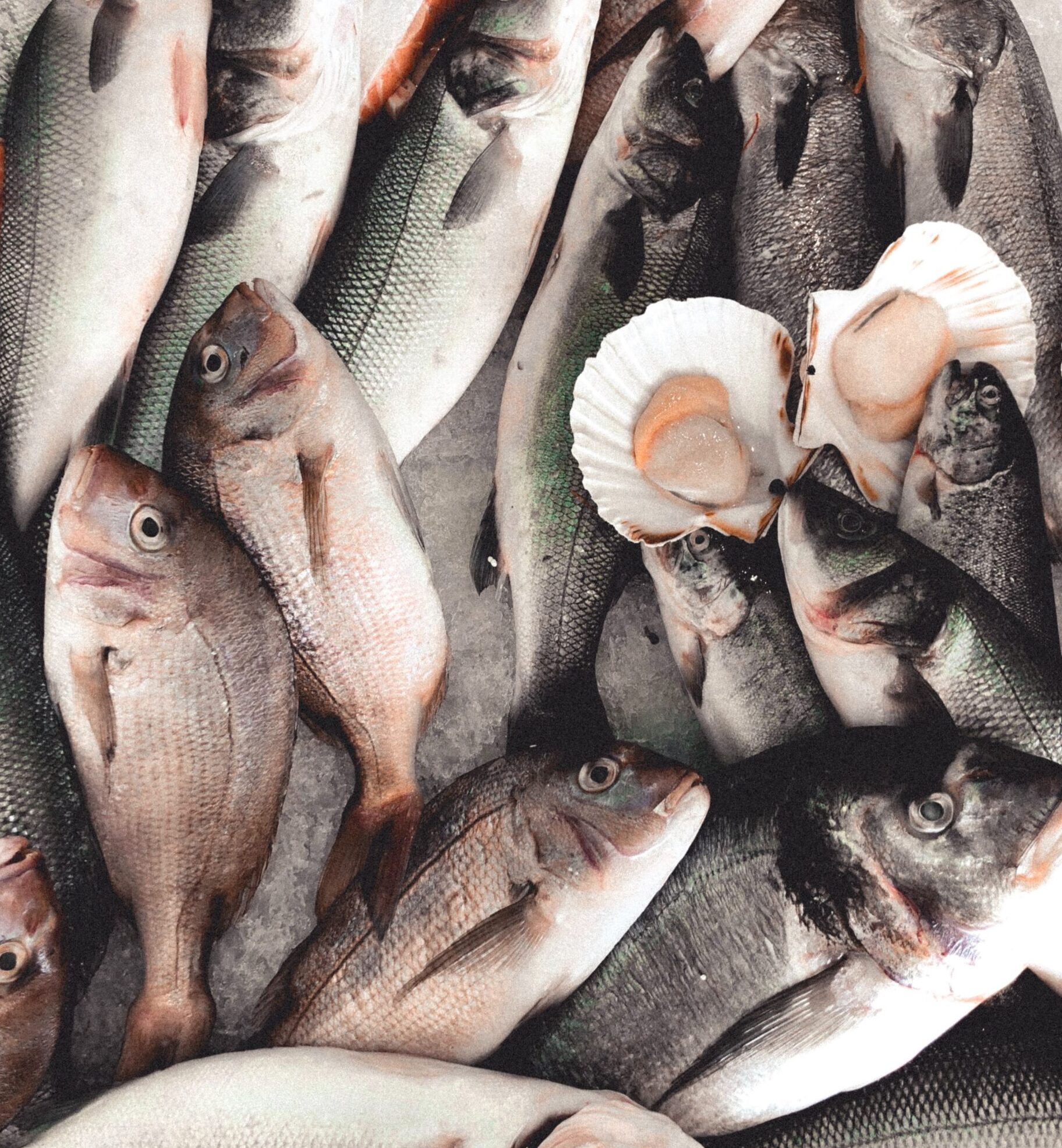To be successful at night fishing, it is important to understand the behavior of nocturnal fish. Nocturnal fish have unique feeding habits that differ from their daytime counterparts. When night falls, larvae and worms rise from the soft bottom, which attracts smaller fish towards the surface to feed on them. It is important to use the right bait to attract these nocturnal feeders, such as live bait like minnows or nightcrawlers. Additionally, paying attention to what insects and other bait come out at night can help anglers achieve success when fishing in the dark.
Nocturnal fish also have preferred habitats that should be taken into consideration when night fishing. For example, quiet areas of a river with a little bit of depth are prime late-night trout-feeding haunts. Snook are naturally nocturnal feeders and prefer to let the tide bring a meal to them, making tidal flow an important factor to consider when fishing for them. It is also important to use the right tackle, such as spinners, spinnerbaits, and chatterbaits in clear water, while topwater lures are more effective in murky water.
Environmental factors can also play a significant role in the feeding behavior of nocturnal fish. For example, studying marine and freshwater environments can provide insight into the behavior and patterns of fish in these habitats. It is important to arrive at the fishing location before sunset to avoid navigating in the dark. Bringing snacks and water is also important to ensure that energy levels are maintained throughout the night. Using underwater fishing lights can be a game-changer when it comes to attracting fish to your bait. By understanding the behavior of nocturnal fish and taking into account their preferred habitats and environmental factors, anglers can increase their chances of success when night fishing.
Essential gear and equipment for night fishing
One of the most important aspects of successful night fishing is lighting and visibility. It’s essential to have proper lighting to be able to see what you’re doing and to attract fish to your bait or lure. Headlamps and small torches strapped to your rod rest or sand spike can help you see what you’re doing without disturbing the fish. Additionally, fishing near artificial light sources can increase your chances of catching fish as many species are attracted to light.
Choosing appropriate fishing rods and reels is also crucial for night fishing. Opt for gear that maximizes sensitivity, as you’ll need to rely on senses other than sight to detect bites and set the hook. Additionally, using lures with vibrating blades or rattles can stimulate senses other than sight and increase your chances of attracting fish.
Another important aspect of successful night fishing is selecting the right bait and lures for nocturnal fish. Many species of fish are nocturnal feeders, and the moonlight can help them see and feed at night. Consider using lures that create vibrations, such as spinners and spinnerbaits, to attract fish. Additionally, fishing near shadow lines, such as those created by dock lights, can be effective for catching certain types of fish. By having the right gear and equipment, you can increase your chances of hooking nocturnal feeders and having a successful night fishing trip.
Techniques for catching nocturnal fish
One effective technique for catching nocturnal fish is to use slow and steady retrieval techniques. This is particularly effective in clear water, where fish can easily see and inspect your bait. By retrieving your bait slowly and steadily, you can give the fish ample time to examine and take your bait. Additionally, using baits and lures that make lots of vibrations, such as spinnerbaits, can attract fish for a bite. This method is especially useful when fishing in murky water, where fish rely more on their sense of touch and vibration to locate prey.
Another technique for catching nocturnal fish is to use sound and vibration to attract them. This can be achieved by using lures that make noise, such as buzzbaits or chuggers, or by clamping the rivet down on your buzzbait blade to add more squeak and squeal. Additionally, fishing in the right locations can significantly increase your chances of success. For instance, fishing near structures such as boat docks or piers can attract fish that are suspended close to the surface.
Before heading out for a night fishing trip, it is crucial to come prepared and have a game plan in place. Utilizing lights can also increase your odds of catching fish at night, whether by using a small torch strapped to your rod rest or sand spike or by casting near artificial lights. By employing these tactics and techniques, you can increase your chances of hooking nocturnal feeders and have a successful night fishing trip.
Safety considerations for night fishing
When night fishing, it’s important to prioritize safety considerations to ensure a successful and enjoyable experience. Navigation and boating safety should be a top priority, especially when fishing in unfamiliar waters. It’s essential to have proper lighting on the boat to see where you’re going and avoid potential hazards. Additionally, wearing personal flotation devices (PFDs) and knowing the weather forecast can help prevent accidents and ensure a safe trip.
Personal safety and security should also be taken into account when night fishing. It’s important to let someone know where you’ll be fishing and when you plan to return. Bringing a fully charged cell phone and a first aid kit can also be helpful in case of emergencies. It’s also a good idea to have some snacks and water on hand in case you get cold or run out of energy.
Proper preparation for emergencies is crucial when night fishing. This includes having a plan in case of a medical emergency or boat malfunction. Bringing a flashlight, extra batteries, and a backup source of power for electronics can also be helpful in case of unexpected situations. By prioritizing safety considerations, anglers can enjoy a successful and safe night fishing experience.
Tips for maximizing success in night fishing
Night fishing can be a rewarding and exciting experience, but it requires careful planning and preparation to maximize success. Being organized and having a game plan can make all the difference in hooking nocturnal feeders. Prior to your outing, take the time to rig up your rods and organize your tackle. It is also important to choose the right lures for night fishing and to have them readily accessible. Additionally, it is crucial to fish in clear water with good visibility, as this will increase your chances of success. By taking these steps, you can set yourself up for a successful night of fishing.

Patience and persistence are key to successful night fishing. Many fish are nocturnal feeders, and they may take their time before biting. It is important to keep the lure moving and jigging to attract the fish. Using lights to attract fish can also be effective. Additionally, using a sensitive line and gear can help you act fast when a fish does bite. By staying focused and persistent, you can increase your chances of hooking a nocturnal feeder.
Adapting to changing conditions is essential for successful night fishing. As the night progresses, the water temperature and conditions may change, which can impact the feeding patterns of fish. It is important to be flexible and to adjust your techniques accordingly. For example, in murky water, it may be more effective to use punching techniques, while in clear water, slower movements may be more effective. By adapting to changing conditions and trying different techniques, you can increase your chances of success when night fishing.


